The 1912 Barber dime’s value ranges from $3-$5 in good condition to over $12,500 for high-grade specimens, depending on mint mark and condition. Philadelphia-minted coins (no mint mark) are most common, while Denver (D) and San Francisco (S) versions are rarer and more valuable. The mint mark appears below the wreath on the reverse side. Error coins significantly increase value: off-center strikes can fetch $300+, broadstrikes around $400, and varieties like repunched mint marks or doubled dies are highly sought by collectors. Uncirculated examples command premium prices, with MS-65+ Denver dimes exceeding $7,000 and San Francisco specimens surpassing $12,500.
The 1912 Barber dime sits at an interesting crossroads in American numismatics—common enough to be affordable for beginners, yet scarce enough in high grades to command serious premiums. Whether you’ve inherited a jar of old coins or you’re actively building a collection, understanding the nuances between mint marks and identifying valuable errors could mean the difference between a three-dollar coin and a five-figure treasure.
Understanding the 1912 Barber Dime’s Market Position
Charles E. Barber’s dime design, used from 1892 to 1916, represents one of the longest-running coinage series in American history. By 1912, production was well-established across three mints, each leaving its distinctive mark on these silver ten-cent pieces.
The Philadelphia mint struck the majority of 1912 dimes without any mint mark, producing over 19 million pieces that year. Denver added approximately 11.7 million dimes bearing the “D” designation, while San Francisco contributed roughly 3.4 million marked with an “S”. These mintage figures directly influence today’s valuations, though condition plays an equally critical role.
Finding the mint mark requires examining the reverse side of the coin, specifically the area beneath the wreath at the bottom. Philadelphia coins carry no letter at all, while Denver and San Francisco pieces display their respective letters in that location. This small detail dramatically affects what your coin might be worth.
Value Breakdown by Mint Mark and Grade
The price spectrum for 1912 dimes varies dramatically based on preservation quality. A well-worn Philadelphia example in Good condition (G-4, where Liberty’s headband shows only partial letters) typically trades between three and five dollars. The same coin in Uncirculated condition (MS-60 or better, showing no wear from circulation) jumps to at least 150 dollars. Gem specimens grading MS-65 or higher—featuring sharp details and attractive luster—cross the 500-dollar threshold with ease.
Denver mint dimes command higher premiums across all grades. Even heavily circulated pieces grading Good (G-4) bring six to ten dollars, double their Philadelphia counterparts. Uncirculated Denver dimes start around 320 dollars, but pristine MS-65 examples regularly exceed 7,000 dollars at auction. Heritage Auctions sold an MS-66 specimen in 2022 for 8,400 dollars, demonstrating the substantial market for high-grade Denver pieces.
San Francisco dimes present the most intriguing value proposition. While their Good-grade prices of four to six dollars seem modest, the rarity pyramid steepens quickly. Uncirculated examples begin at approximately 200 dollars, but MS-65 specimens routinely surpass 12,500 dollars. A single MS-67 example sold through Stack’s Bowers in 2023 realized 26,400 dollars—a testament to how scarce these coins become in superb condition.
Quick Reference Table:
| Mint Mark | Good (G-4) | Uncirculated (MS-60+) | Gem (MS-65+) |
|---|---|---|---|
| P (None) | $3–$5 | $150+ | $500+ |
| D (Denver) | $6–$10 | $320+ | $7,000+ |
| S (San Francisco) | $4–$6 | $200+ | $12,500+ |
The dramatic price increases in higher grades reflect survival rates. Millions of these dimes circulated heavily during the early 20th century, with most showing significant wear today. Finding examples that escaped circulation entirely—or were preserved carefully from the start—requires patience and often substantial investment.
Error Varieties That Command Premium Prices
Minting errors transform ordinary coins into numismatic curiosities that collectors actively pursue. The 1912 Barber dime series contains several documented error types that significantly boost value.
Off-center strikes occur when the planchet (blank coin disk) isn’t properly positioned between the dies during striking. The resulting misalignment creates a coin with design elements pushed to one side, often exposing blank areas. Value increases proportionally with the offset percentage—a five-percent off-center strike adds modest interest, while a thirty-percent misalignment can multiply value ten-fold or more. An eBay listing in October 2025 featured a 1912-D dime with approximately twenty-percent off-center strike priced at 295 dollars, despite showing moderate circulation wear. Well-preserved examples with dramatic offsets routinely command 500 to 800 dollars.
Broadstrike errors result from mechanical failures in the minting process. Normally, a restraining collar surrounds the planchet during striking, containing the metal flow and creating the coin’s proper diameter. When this collar malfunctions or is absent, the metal spreads outward under striking pressure, producing an oversized, flatter coin with incomplete or weak rim details. These errors are particularly scarce among 1912 dimes. A 1912-D broadstrike graded XF-45 (Extremely Fine, showing light wear on highest points) appeared for sale in October 2025 at approximately 400 dollars—roughly fifty percent above a normal XF-45 specimen’s value.
Repunched mint marks represent intentional corrections during die preparation. Before modern computerized processes, mint workers manually punched mint marks into working dies. Occasionally, the initial punch was misaligned, requiring a second impression in the correct position. This creates a subtle doubling effect visible under magnification. Both 1912-D and 1912-S dimes show documented repunched mint mark varieties. These aren’t dramatically rare, but authenticated examples add twenty to fifty percent to base values, depending on the visibility of the repunching and overall coin condition.
Doubled die obverses stand among the most sought-after error types. When a working die receives multiple, slightly misaligned impressions from the hub during manufacturing, it transfers doubled design elements to every coin it strikes. The 1912-S dime has a documented doubled die variety affecting Liberty’s profile and surrounding details. Identifying this variety requires careful examination with magnification, as doubling can appear subtle on circulated pieces. Confirmed examples in Fine to Very Fine condition bring 150 to 300 dollars, while Uncirculated specimens can exceed 2,000 dollars depending on doubling strength and overall grade.
Grading Fundamentals That Affect Your Coin’s Worth
Professional grading follows standardized criteria established by services like Professional Coin Grading Service (PCGS) and Numismatic Guaranty Company (NGC). Understanding these benchmarks helps you assess what you own and set realistic value expectations.
The Good grade (G-4) represents heavy circulation wear. On a Barber dime, Liberty’s headband shows only partial letters—typically just “BERTY” or “ERTY” remains visible. Design details are flat, with the wreath on the reverse showing smooth, worn surfaces. Despite this extensive wear, the coin remains collectible and holds premium value over its silver content alone.
Fine grade (F-12) shows moderate wear across all design areas. Liberty’s full headband inscription “LIBERTY” remains readable, though individual letters may show weakness. Leaves in the wreath display some separation and detail. Hair strands above Liberty’s forehead show definition. Coins at this level represent the sweet spot for many collectors—affordable yet displaying recognizable design elements.
About Uncirculated (AU-50 to AU-58) describes coins showing slight wear only on the highest design points. These pieces nearly escaped circulation, with perhaps ninety-five percent of original mint luster remaining. Liberty’s cheek, the upper leaves in the wreath, and the bow ribbon show light friction. These grades bridge the gap between circulated and Mint State, offering significant eye appeal at lower cost than full Uncirculated examples.
Mint State (MS-60 to MS-70) encompasses coins showing zero circulation wear, though quality varies dramatically within this range. MS-60 specimens may have numerous bag marks, scratches, or dull luster—technically unworn but unattractive. MS-65 coins show strong luster, sharp strikes, and minimal marks visible to the naked eye. MS-67 and above represent exceptional preservation, with only minor imperfections detectable under magnification. Given that 1912 dimes are over a century old, Mint State survivors—particularly from Denver and San Francisco—command exponentially higher prices as grades increase.
Authentication and Selling Strategies
If you believe you’ve found a valuable 1912 dime, especially an error variety or high-grade specimen, professional authentication provides crucial protection. PCGS and NGC offer grading services ranging from 25 to 150 dollars depending on service level and coin value. While this seems expensive for a coin potentially worth only a few dollars, it’s essential for pieces that might bring hundreds or thousands.
Authenticated coins in third-party grading holders (called “slabs”) sell for premiums over raw examples for several reasons. The grading removes subjectivity—buyers know exactly what they’re purchasing. The tamper-evident holder protects the coin from handling damage and environmental deterioration. Most importantly, major dealers and auction houses won’t handle high-value coins without third-party grading, so getting your coin professionally evaluated opens access to the broadest market.
Selling venues vary based on coin value and your priorities. Local coin dealers offer convenience and immediate payment but typically pay wholesale prices—fifty to seventy percent of retail value for common material, sometimes higher percentages for genuinely rare pieces. Online marketplaces like eBay provide access to global buyers and potentially higher returns, but require photography skills, accurate descriptions, and willingness to handle shipping and customer service.
For high-grade or error coins potentially worth over 500 dollars, consigning to a specialized auction house makes sense. Heritage Auctions, Stack’s Bowers, and Legend Rare Coin Auctions maintain extensive buyer networks actively seeking quality material. They charge seller’s fees typically ranging from ten to twenty percent, but the exposure to serious collectors often results in higher realized prices that offset those costs.
Building Your 1912 Dime Knowledge Into Profitable Action
Start by examining any 1912 dimes you currently own under good lighting with at least 5x magnification. Check for mint marks beneath the reverse wreath first—this single detail immediately establishes baseline value. Look for unusual characteristics: off-center designs, oversized planchets, doubled letters, or repunched mint marks.
Even common Philadelphia mint examples deserve attention if they show minimal wear. A sharp, lustrous no-mint-mark dime might grade MS-63 or better, transforming a “common” coin into a 200-dollar piece. The difference between AU-58 and MS-60—both showing no actual wear but differing in luster quality—can mean fifty to one hundred dollars in value.
Research sold prices rather than asking prices when establishing values. Websites like PCGS CoinFacts and NGC Price Guide provide auction records for specific dates, mint marks, and grades. These realized prices reflect actual market conditions more accurately than optimistic seller listings. Pay particular attention to sale dates—numismatic markets fluctuate, and prices from five years ago may not reflect current demand.
Consider joining the American Numismatic Association or local coin clubs, where experienced collectors share knowledge freely. Fellow collectors can help identify varieties, recommend reputable dealers, and provide realistic assessments of what your coins might bring in today’s market. The education you gain from these communities often proves more valuable than any single coin discovery.
You may be interested:
- 1859 Indian Head Penny Coin Value Complete Errors List And No Mint Mark Worth Guide For Collectors
- 1911 V Nickel Coin Value Guide Complete Errors List And No Mint Mark Worth Today
- 1902 Dime Coin Value Complete Errors List With O S And No Mint Mark Worth Guide
- 1788 Quarter Coin Value Complete Guide Errors List And D S P Mint Mark Worth Revealed
- 1776 To 1976 Bicentennial Half Dollar Coin Value Complete Errors List And What Your D S And No Mint Mark Coins Are Actually Worth
- 1990 Penny Coin Value Errors List How D S And No Mint Mark Pennies Are Worth Thousands Of Dollars

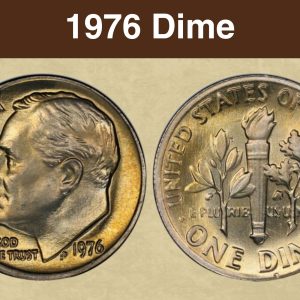
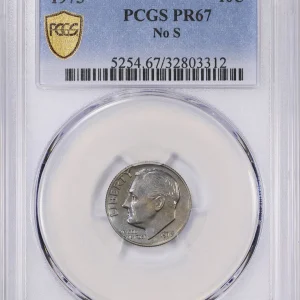
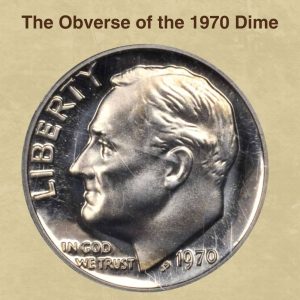
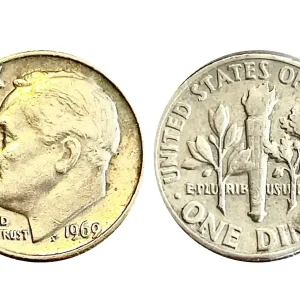
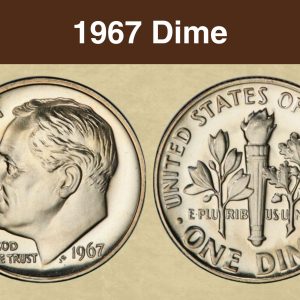
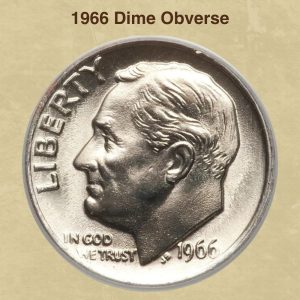
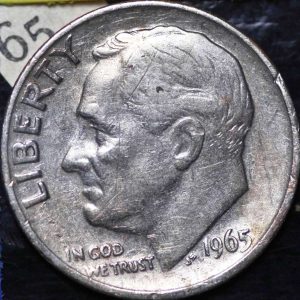
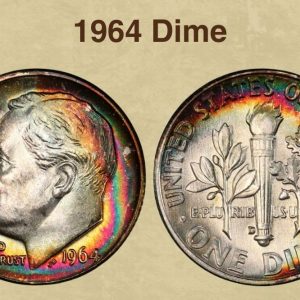
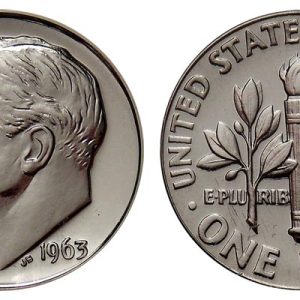
What year is the $2000000 dime?
1894-S Barber dime. The 1894-S Barber dime is a dime produced in the United States Barber coinage. It is one of the rarest and most highly prized United States coins for collectors, along with the 1804 dollar and the 1913 Liberty Head nickel.
Which dimes with no mint mark are worth money today?
The 1968 no-S dime is a true rarity, and it is an example of one of the most dramatic Mint errors. In 1968, the Mint left the mint mark off the die when it was created in Philadelphia before being shipped to San Francisco to strike that year’s batch of dimes. These no-S dimes are extremely rare and very valuable.
What are the rarest mercury dimes?
![17 Most Valuable Mercury Dimes Worth Money (With Pictures)] The rarest Mercury dime is the `1916-D` , with a mintage of only 264,000, making it the key date of the series.Other rare dates include the 1921 and 1921-D Mercury dimes, as well as the 1942/41 overdate variety, which is highly sought after by collectors.